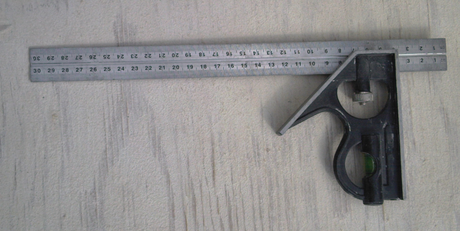Precision tools are those that work with near-perfect accuracy while cutting, moulding, and doing other engineering-related jobs. Some of these tools are drills, boring machines, lathes, gear cutters, grinders, and milling tools. Each of these tools is used in different environments and in this article, we are going to read about some of them.

Precision tools can be classified into several categories. The highest category is P (Increased Precision), H (High Precision), class A or super high precision, and class S, which is the highest precision. With the help of such tools, we are able to make products that have smooth surfaces, near-perfect attributes, and are capable of outstanding performance.
Without precision tools, industries such as aviation, mining, etc would be prone to fatal hazards. Thus, it is important that engineers only invest in the best precision tools while expecting a near-perfect output. To help them choose, we are listing 6 engineering precision tools that are important for engineers and technicians. Some of these tools provide accuracy up to 0.0000050 inches and come in ergonomic design.
Callipers
Callipers are tools that measure the sizes of small objects. They are typically used to measure distances between two opposite sides. A typical calliper comes with clamps that hold the object in its place while measuring its dimensions. Modern callipers can be outfitted with digital scales or meters, custom-engineered slides, and extended jaws.
Callipers are also used in laboratories in schools and colleges. There are 2 kinds of callipers- slide callipers and traditional ones. Some companies like Mektronics Australia provide a range of high precision callipers to ensure the maximum quality output from your projects.
Height gauges
These high precision tools measure distances. Unlike the traditional calliper, a height gauge can assess a distance from a granite level to a point, which is several meters away.
Precision gauges
These highly precise tools can measure distances as well as movement. Engineers also use precision gauges to measure dimensions. Most of the gauges available these days are digital but some technical departments also use analog tools that are equipped with an arm, which rotates around a centre point. Precision gauges come in several varieties and have different uses. Some of these are :
Micrometres
This precision tool measures extremely small distances in very small objects. A micrometre can measure all the dimensions of all the parts that fit within the range of the arm. This tool comes in analog, digital, as well as traditional Vernier varieties.
Test Indicators
If you are setting up a small manufacturing business unit, you also ought to have test indicators. These machines are used to test the accuracy of any operation. Engineers and business owners use test indicators to check compliance issues and functionality. The main reason why we have test indicators is to check any deviation from quality standards.
Lastly, almost all engineers and technicians use lathe machines to make accurate lathes for their engineering operations.
While choosing your precision tools, you could consider these points:
- Your vendor should have a dedicated service department for your needs. As your operations grow, you would be outfitting the older equipment and needing new ones. Your vendor must be able to accomplish these tasks.
- Secondly, please make a reasonable assessment of your equipment needs. There is no need to buy tools that you will ever use.
- Quality- Review your tools over the internet and find out about their utility. Perhaps, you may consider buying a few manuals to know more about your tools.
- Lastly, insist that your tools come with a warranty or a guarantee. Avoid fakes and always buy genuine tools even if you have to pay some more dollars.
